Electromechanical Relays
The basic components and functions of electromechanical relays include:
Frame: A heavy frame that contains and supports all parts of the relay.
Coil: The wire is wound on a metal core. Wire coils generate electromagnetic fields.
Armature: A moving part of a relay. The armature opens and closes the contacts. The attached spring restores the armature to its original position.
Contact: The conducting part of a switch, used to form (close) or break (open) a circuit.
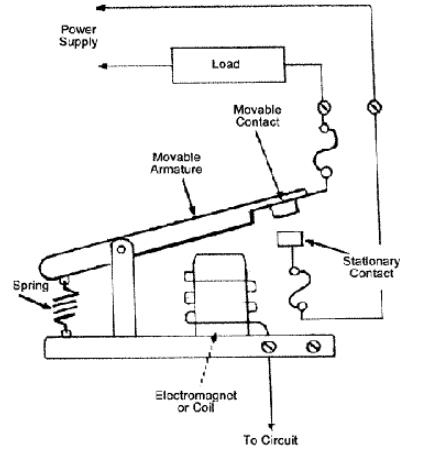
The relay includes two circuits: an energized circuit and a contact circuit. The coil is on the energized side; the relay contact is on the contact side.
When the relay coil is energized, the current flowing through the coil generates a magnetic field. Whether in a DC unit with a fixed polarity or an AC unit with a polarity change 120 times per second, the basic function remains the same: the electromagnetic coil attracts the iron plate, which is part of the armature.
One end of the armature is connected to a metal frame, which is formed so that the armature can pivot, while the other end opens and closes the contacts. There are many different configurations of contacts, depending on the number of breaks, poles and throws that make up the relay.
For example, the relay may be described as single pole single throw (SPST) or double pole single throw (DPST). These terms will immediately indicate the design and function of different types of relays.
Break-This is the number of individual positions or contacts that a switch uses to open or close a single circuit. All contacts are single break or double break. The single break (SB) contact opens the circuit in one position, and the double break (DB) contact opens the circuit in two positions. When switching low-power devices (such as indicator lights), single-break contacts are usually used. Use double break contacts when switching high-power devices (such as solenoid valves).
Pole-This is the number of completely isolated circuits that the relay can switch through. Single pole contacts (SP) can only transmit current through one circuit at a time. Bipolar contacts (DP) can simultaneously transmit current through two isolated circuits. The maximum number of poles is 12, depending on the design of the relay.
Throw-This is the number of closed contact positions for each pole on the switch. A switch with a single throw contact can only control one circuit, while a double throw contact can control two circuits.



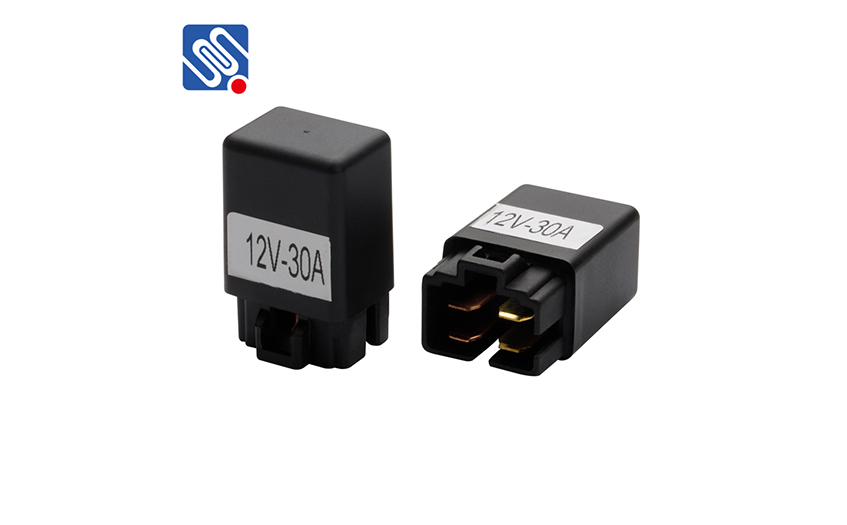
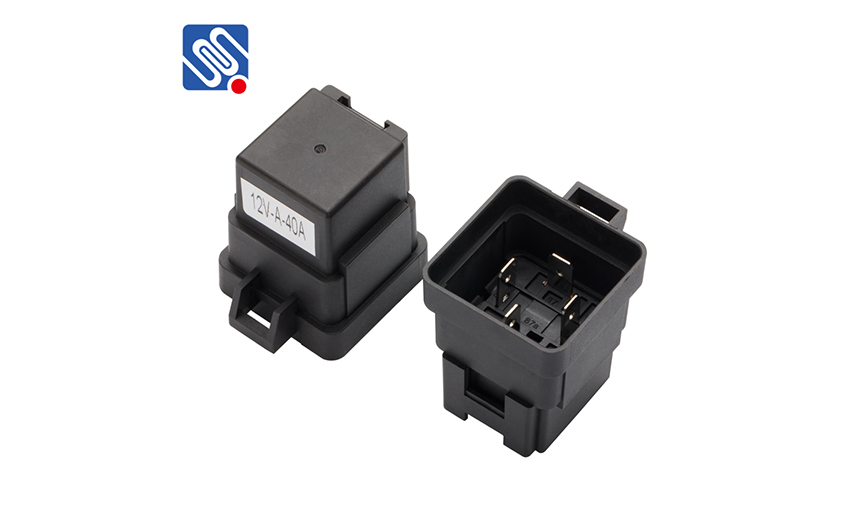
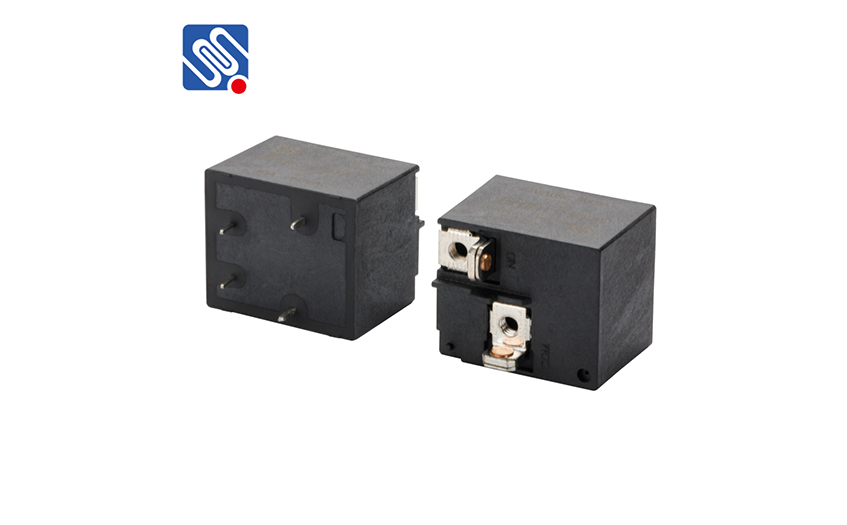
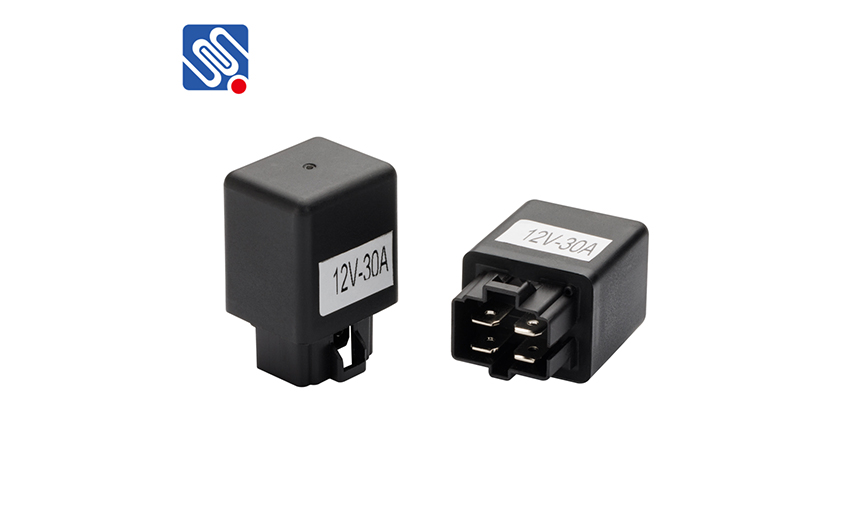
 selena
selena  sales@msrelay.com
sales@msrelay.com 13968707033
13968707033
 +86-577-62518811
+86-577-62518811





